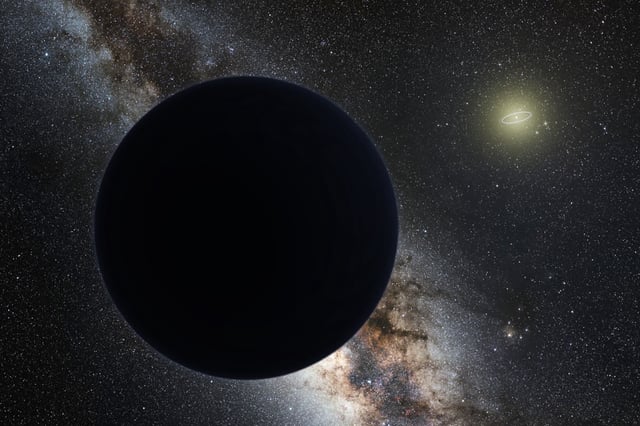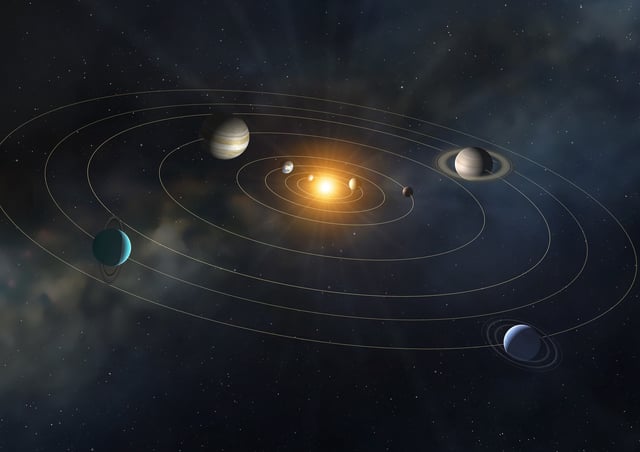Overview
- Researchers led by Terry Long Phan have detected a faint object in infrared data from NASA's IRAS (1983) and Japan's AKARI (2006) surveys, consistent with the hypothesized motion of Planet Nine.
- The candidate object, based on its brightness, is estimated to be more massive than Neptune, but its precise orbit remains undetermined.
- The study has been accepted for publication in the Publications of the Astronomical Society of Australia, marking a significant step in Planet Nine research.
- Mike Brown, a key proponent of the Planet Nine hypothesis, has expressed skepticism, citing inconsistencies in the candidate's orbital tilt and direction relative to theoretical expectations.
- Follow-up optical observations with powerful telescopes, such as the Vera C. Rubin Observatory and the Dark Energy Camera, are critical to confirm the object's identity and resolve debates.



